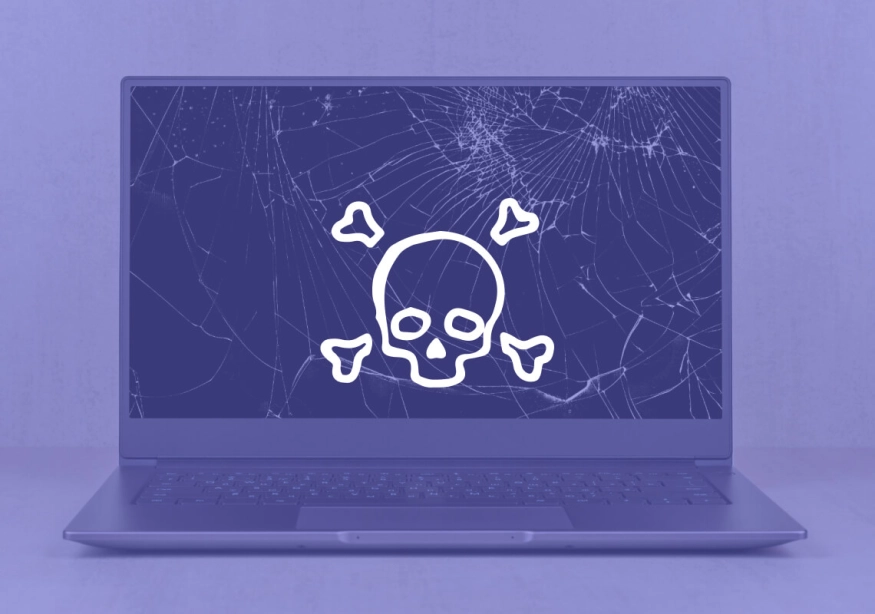The digital world is akin to a colossal organism, constantly morphing and adapting in response to the world's shifting demands. At the heart of this metamorphosis lies your organization. For enterprise-size companies and newly funded startups alike, it's essential to understand when the wheels of your organization are beginning to churn towards a digital renaissance. In other words, when it’s time for your organization to evolve to the next stage of its operational capacity, what is the right move?
One answer to this question is implementing a digital experience platform (DXP), what many would deem the most impactful method of digital transformation. This article explores how DXPs work hand-in-hand with digital transformation, emphasizing the profound advantages of integrating Acquia DXP into your digital journey.
What exactly is digital transformation?
Digital transformation is the integration of digital technology into all areas of a business, fundamentally changing how it operates and delivers value to customers. It's more than just a technological upgrade—it's a cultural shift that calibrates organizations to a new standard, requiring them to continually challenge the status quo, experiment, and get comfortable with failure.
This transformation affects every aspect of an organization, from its internal processes and workflows to customer interactions and its business model. Introducing standard-setting technology is all about harnessing its power to improve efficiency without losing sight of intent, practicality, and effectiveness. In other words, the key to a successful digital transformation is knowing when you’ve become trigger happy with implementing digital tools; know your needs, know your goals, and build your transformation accordingly. Below, we’ll be diving into exactly how to do this.
But remember—above all, digital transformation is about enhancing customer experience and adapting to changing market conditions.
Understanding the DNA of DXPs
Now let's clarify what DXPs truly are. Picture this: your company as an ecosystem—a vast landscape with myriad touchpoints, from websites to mobile apps, from social media platforms to virtual assistants.
A DXP is the invisible web that weaves these diverse touchpoints together, offering a unified, seamless, and personalized user experience. DXPs allow organizations to build, deploy, and improve digital experiences across the board. But more than that, they represent a holistic approach, emphasizing the importance of every interaction point, ensuring that each connection with the user leaves an indelible mark.
Why are DXPs so helpful for an organization's digital transformation?
Unifying the user experience
The modern consumer doesn’t just interact with brands on one platform. They journey through a myriad of digital avenues—from websites to mobile applications, from chatbots to AR interfaces. DXPs serve as the glue, binding these platforms together, and ensuring a cohesive user experience.
Data-driven personalization
In the age of data, personalization isn't a luxury; it's a necessity. DXPs can gather and analyze user data across platforms, enabling businesses to provide tailor-made experiences that resonate deeply with the audience.
Efficient content management
Modern businesses need a staggering amount of content to remain relevant. DXPs streamline content management processes, ensuring that content is consistent, relevant, and easily accessible across various digital touchpoints.
Accelerated innovation
With a robust DXP, companies can swiftly deploy new tools, interfaces, and experiences. This agility is invaluable in today’s fast-paced digital landscape.
Digital transformation with Acquia DXP

Now, as we venture deeper into the realm of DXPs, one name shines brilliantly—Acquia.
Acquia DXP is a comprehensive digital experience platform that effortlessly merges content, community, and commerce. It’s a powerhouse that provides an array of tools designed to help enterprises offer unparalleled digital experiences. Choosing Acquia for your DXP implementation is akin to partnering with a seasoned guide for your digital transformation journey. With its combination of cutting-edge tools, scalability, and commitment to excellence, Acquia stands out as a beacon in the DXP landscape.
But beyond the technicalities, why is Acquia the DXP of choice for enterprise leaders?
Holistic approach: Acquia doesn’t merely offer a platform; it offers a vision. Its suite encompasses everything from content creation to digital asset management, from personalization to e-commerce, ensuring that all bases are covered.
Open source roots: Acquia DXP is built on the robust foundation of Drupal, a leading open-source content management system. This means unparalleled flexibility, security, and the power to customize as per unique business needs.
Cloud-first strategy: Acquia's cloud infrastructure ensures scalability, reliability, and high performance. No matter how expansive your digital ecosystem becomes, Acquia is equipped to handle it.
Data-driven insights: With Acquia's analytics and personalization tools, businesses can tap into user data, derive actionable insights, and consistently refine the digital experience.



